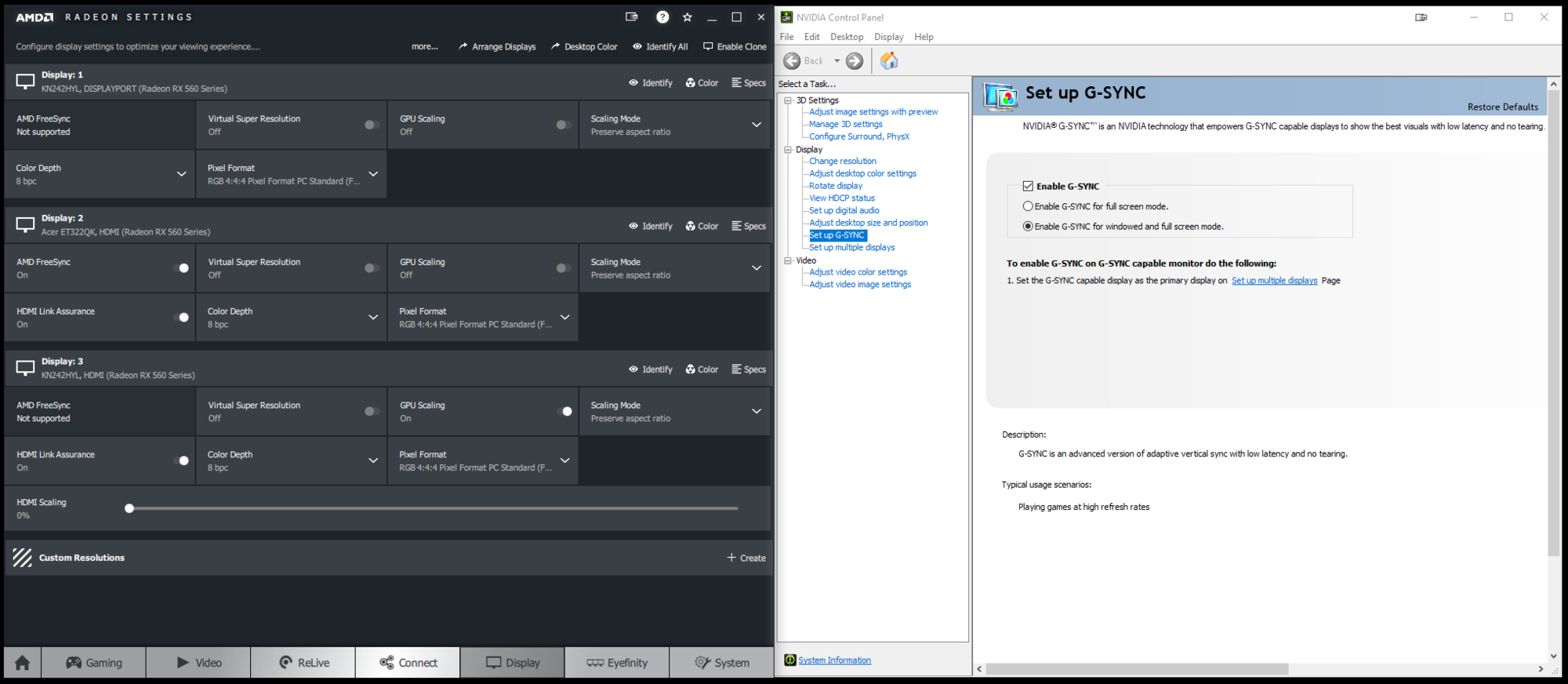obviouslytom
Fully [H]
- Joined
- Feb 24, 2005
- Messages
- 29,735
I need some help getting this installed. I am a complete idiot when it comes to linux and I wanted to give it a try to see how it works.
I went thru AMDs website, got the install package and thought I got it installed they terminal, but I am not completely sure.
Any help on how to do this would be appreciated
I went thru AMDs website, got the install package and thought I got it installed they terminal, but I am not completely sure.
Any help on how to do this would be appreciated
![[H]ard|Forum](/styles/hardforum/xenforo/logo_dark.png)
